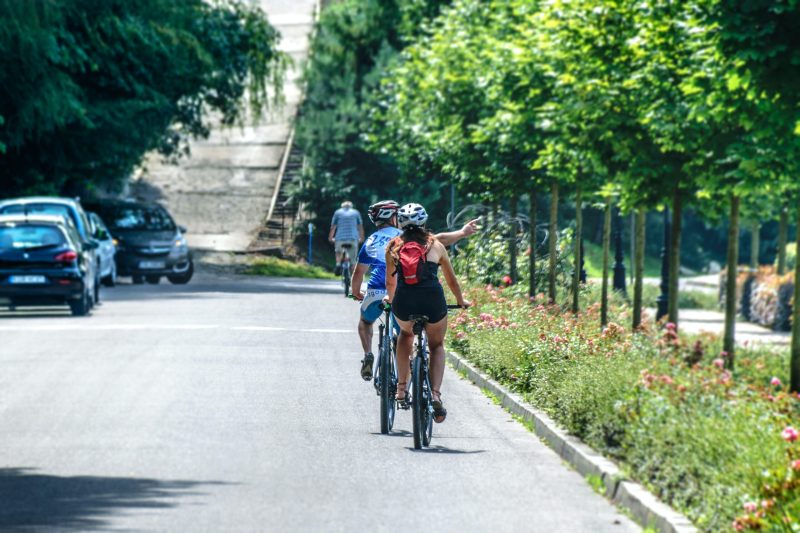WHAT ABOUT THE MOBILITY OBSERVATORIES IN TOULOUSE AND LISBON?

The main goal of this demonstrations is to diagnose the use of soft mobility modes of users of Faculdade de Ciências Universidade de Lisboa (FCUL) and the University Toulouse III – Paul Sabatier (UT3) who commute from their house to the campus.
The aim of these two mobility observatories is to gain a better understanding of mobility behaviours in order to facilitate, anticipate and guide changes in travel. It will also allow to build up databases of actual traffic in order to improve knowledge of active and multimodal mobility. It will also make it possible to identify the uses and needs of the universities community in terms of travel.
FCUL and UT3 have shared methodologies of project execution and data analysis in order to better understand how to achieve the main objectives of this activity.
At UT3, the development of the Observatory involved
- The UT3 soft mobility group, whose role was to gather the users’ need in terms of mobility, then to validate the final solution and use the data results;
- Two companies specialised in mobility equipment (TagMaster and Sterela/Eco compteur) whose role was to supply and install the sensors;
- The CEREMA, the service provider, advised the team on the choice of sensors;
- The UT3 administration through the environment, energy and transitions mission head to use the Mobility Observatory data on the campus, particularly through the university’s sobriety Plan.
In the first phase, the Tr@nsnet members encountered users represented by the UT3 Soft Mobility Group and shared the project’s vision to establish the mobility observatory bases.
This user group has been at the heart of the locations selection for observing mobility on the campus. Then, experts from the CEREMA helped the team to choose the different sensors to be acquired. The idea was to choose sensors that were different from those chosen in Lisbon. The equipments selected had to measure bicycles and/or pedestrians and/or vehicles.
This equipment was installed on three different sites which are strategic locations for observing most of the mobility flows on the campus.
Currently, the team is collecting data and analysing phase with the observation of indicators such as daily/weekly bicycle and pedestrian traffic on the campus. These indicators will allow the setting up of a dashboard for the continuation of the observations.
And for FCUL
- In the initial phase of the study, the monitoring architecture was defined, and it was decided that pneumatic tube sensors were the best technology to use in this study.
- Then a two-month campaign of manual counting of the soft mobility modes arriving and leaving the faculty campus was performed. This campaign allowed the achievement of a preliminary set of conclusions and supported the optimization of the pneumatic tubes’ placement.
- The three tube sensors have now been installed; one is located on one of the busiest shared roads that cars, bicycles, and e-scooters can use to access FCUL campus, and the other two are in the main pathways used by pedestrians, bicycles, and e-scooters to enter the faculty.
Expected results and outcomes
- The mobility observatory will provide information on:
- How people move within the campus thanks to sensors that provide daily data on the flow of people (pedestrians and bicycles)
- What transportation modes the university community uses to get to the campus
- Assessment of inter-site travel on this narrow 264-hectare territory spread over several sites in the agglomeration.
- Understand the evolution of the daily use of soft mobility modes by the FCUL community.
- Compare the usage of the different soft mobility modes (bicycles vs. e-scooters) and cars.
- Analyze the evolution of the usage of shared bicycles and scooters by the FCUL community.
- Acquire knowledge that can support the definition of measures that can increase the use of soft mobility modes in commuting, thus mitigating the CO2 emissions of FCUL
